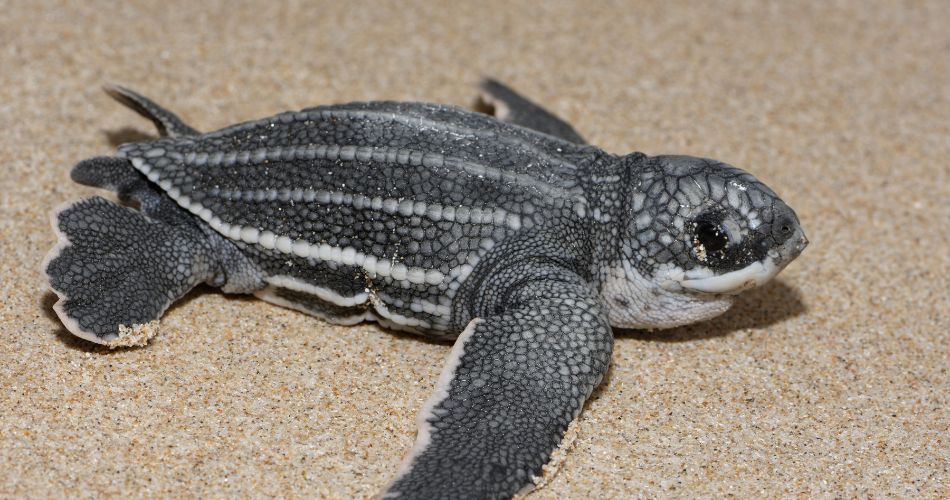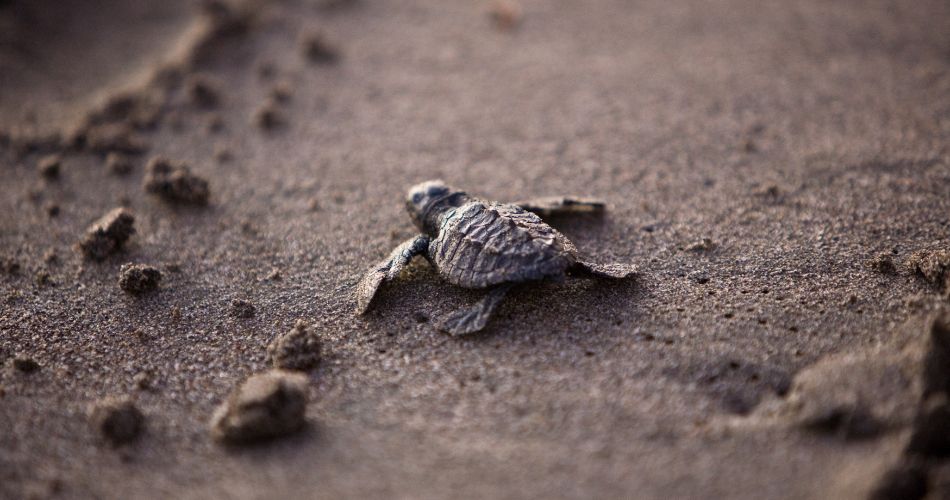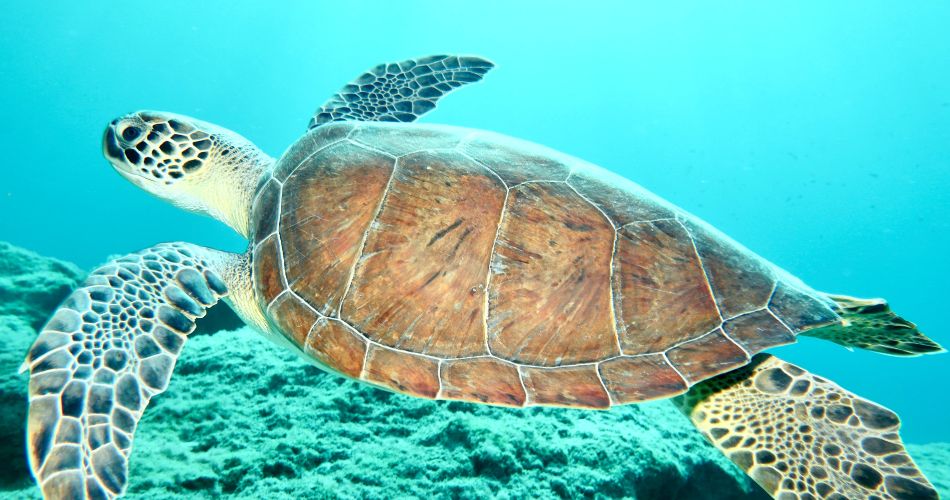World Sea Turtle Day is celebrated annually on June 16. This day honors the significance of sea turtles in marine ecosystems and raises awareness about the threats they face, emphasizing the importance of their conservation. The date also commemorates the birthday of Dr. Archie Carr, a pioneering conservationist known as the “father of sea turtle biology.”
History of World Sea Turtle Day
World Sea Turtle Day was established in 2000 by various turtle conservation organizations to spotlight the challenges sea turtles face and to promote their protection. The date, June 16, was chosen to honor Dr. Archie Carr, whose extensive research and advocacy significantly advanced the global sea turtle conservation movement. Dr. Carr’s efforts led to increased public awareness and the establishment of protected areas for sea turtles, such as the Archie Carr National Wildlife Refuge in Florida. 1
Over the years, World Sea Turtle Day has become a global observance, with events and campaigns organized worldwide to educate people about sea turtles and to encourage actions that support their survival. These initiatives aim to engage communities in conservation efforts and to foster a deeper appreciation for these ancient marine creatures.
Why is World Sea Turtle Day important?
Sea turtles have existed for over 100 million years, playing vital roles in maintaining the health of marine ecosystems. They help control jellyfish populations, maintain healthy seagrass beds, and contribute to nutrient cycling from oceans to beaches. However, human activities have severely impacted their populations. Threats such as habitat destruction, pollution, climate change, and illegal poaching have led to the decline of sea turtle species, with six out of seven species classified as vulnerable or endangered.
World Sea Turtle Day serves as a reminder of our responsibility to protect these creatures and their habitats. By raising awareness and promoting conservation efforts, this day encourages individuals and communities to take action, whether through supporting legislation, participating in beach cleanups, or adopting sustainable practices that reduce harm to marine life.
Here’s why this day matters:
- It highlights the ecological importance of sea turtles.
- It raises awareness about the threats they face.
- It honors the legacy of conservationists like Dr. Archie Carr.
- It encourages community involvement in conservation efforts.
- It promotes sustainable practices to protect marine environments.
How to Celebrate World Sea Turtle Day
Celebrating World Sea Turtle Day can involve various activities aimed at education and conservation. Visiting local aquariums or marine conservation centers can provide insights into the lives of sea turtles and the challenges they face. Participating in beach cleanups helps reduce pollution that can harm sea turtles and other marine life.
Educational outreach is also crucial. Sharing information about sea turtles on social media, organizing community events, or incorporating sea turtle conservation topics into school curricula can spread awareness. Supporting organizations dedicated to marine conservation through donations or volunteer work further contributes to the protection of sea turtles.
Here are some ways to observe the day:
- Participate in local beach or river cleanups.
- Visit a marine conservation center or aquarium.
- Educate others about sea turtle conservation through social media.
- Support organizations working to protect sea turtles.
- Reduce plastic use to minimize ocean pollution.
Fan facts about sea turtles
- Sea turtles have been swimming in Earth’s oceans for over 100 million years, surviving the dinosaurs.
- There are seven species of sea turtles: leatherback, green, loggerhead, hawksbill, Kemp’s ridley, olive ridley, and flatback.
- The leatherback sea turtle is the largest, growing up to 2 meters (6.5 feet) long and weighing more than 900 kg (2,000 lbs).


- Sea turtles cannot retract their heads into their shells like land turtles.
- Temperature determines the sex of hatchlings—warmer sand tends to produce females, cooler sand males.
- Female sea turtles return to the exact beach where they were born to lay their eggs, a phenomenon called natal homing.

- They can migrate thousands of miles between feeding grounds and nesting sites; the leatherback, for example, crosses the entire Pacific Ocean.
- The green sea turtle gets its name from the green color of its body fat, not its shell.

- Sea turtles have excellent navigation abilities, using the Earth’s magnetic fields to find their way across oceans.
- Only 1 in 1,000 sea turtle hatchlings typically survive to adulthood due to predators and environmental hazards.
- Some sea turtles can hold their breath for hours, especially when resting.
- Sea turtles play a key role in marine ecosystems, like maintaining healthy seagrass beds and coral reefs.
- Plastic pollution is a major threat—turtles often mistake plastic bags for jellyfish, their favorite food.
- All seven species of sea turtles are listed as threatened or endangered, mainly due to human activity.
World Sea Turtle Day Dates Table
| Year | Date | Day |
|---|---|---|
| 2025 | June 16 | Monday |
| 2026 | June 16 | Tuesday |
| 2027 | June 16 | Wednesday |
| 2028 | June 16 | Friday |
| 2029 | June 16 | Saturday |
Subscribe to our newsletter and never miss a holiday again!

